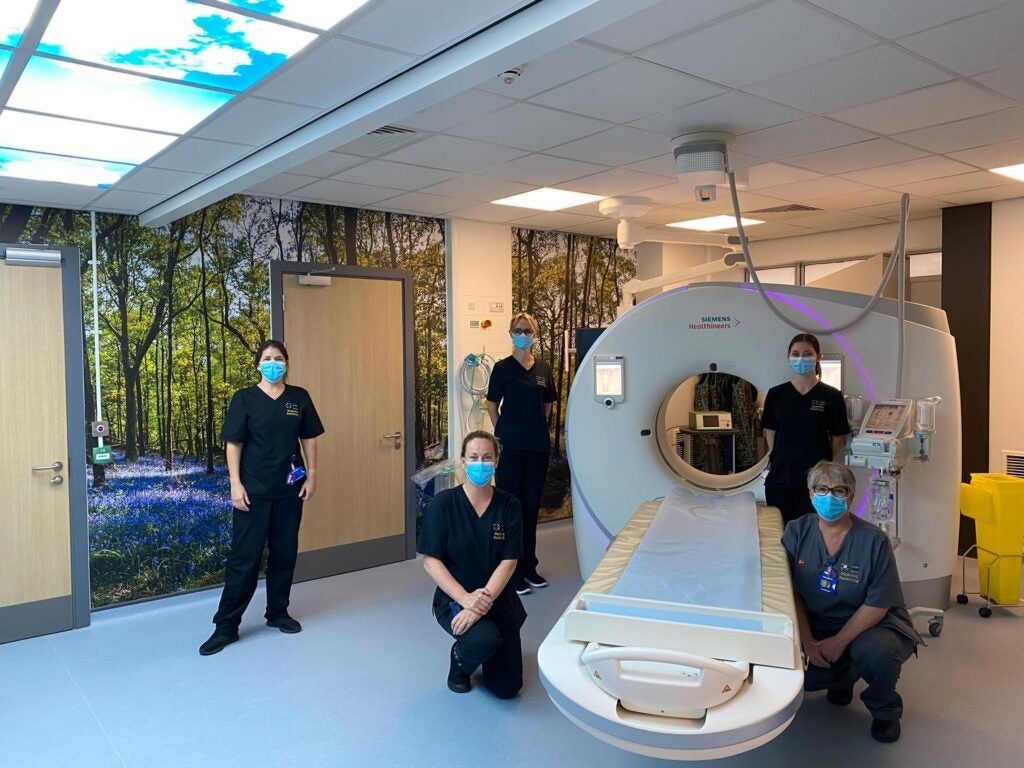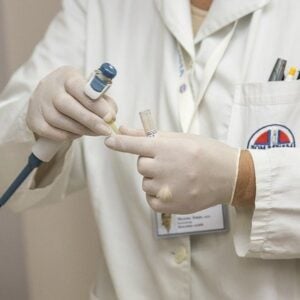
Glan Clwyd Hospital in Wales has become the first healthcare institution in the country to use a Dual Source CT scanner, an advanced form of computed tomography introduced in 2006.
The new SOMATOM Drive CT scanner from Siemens Healthineers comes as part of a refurbishment project at the hospital aimed at advancing the CT suite to improve workflow and patient outcomes.
According to the hospital, remote applications training and support have enabled ongoing workflow optimisation and protocol development, despite the challenges of the current global pandemic.
CT Principal and CT Lead at Glan Clwyd Hospital Nicola Dobson said: “The Siemens Healthineers team kept the installation on track, despite the Covid-19 pandemic, with equipment and engineers making it to site, while training was deployed remotely.
“We were able to develop many of our scanning protocols using the SmartSimulator in conjunction with video calling software.
“This allowed us to maximise protocol development and enable optimisation of scan protocols to align the new SOMATOM Drive with our existing SOMATOM Definition Edge CT.
“The combination of remote and on-site applications training minimised downtime and services resumed quicker than I have previously experienced.
“The CT team were confidently scanning on the new system by day two.”
Why aren’t Dual Source CT scanner devices the standard of care in hospitals?
According to Siemens Healthineers, over 1,500 installations of dual source CT scanners have taken place around the world in the last ten years, and in thousands of clinical cases, Dual Source scanning has proven a great advantage.
The benefits of the technology are that radiologists can produce diagnostic images of a patient’s heart and coronary vessels without having to artificially lower their heart rate using beta blockers – the practice required with standard CT scanning – as well as negating the need for patients to hold their breath when other organs are scanned .
Another strength of dual source CT imaging is speed, as the use of two X-ray tubes and detectors, which rotate around the patients, allow imaging information to be acquired twice as fast as single-source scanners, as well as producing a clearer picture to physicians.
An important patient-care benefit of more precise imaging is that less radiation is needed in perfusion imaging – a procedure that involves injecting low doses of radioactive dye into patients in order to highlight specific blood-flow activity.
Despite these benefits, the reason hospitals like Glan Clwyd are only just beginning to use Dual Source CT scans after more than ten years of them reaching the commercial market is that while the clinical benefits are undeniable, the return on investment from a business standpoint is not always strong enough to justify the cost when single-source scans still provide significant value.






